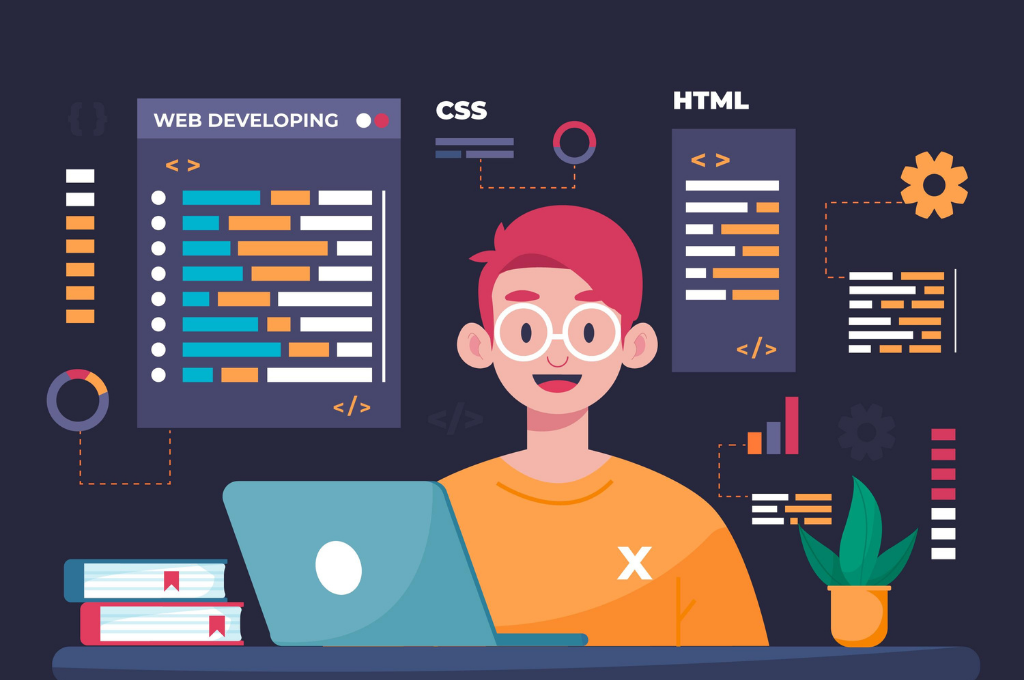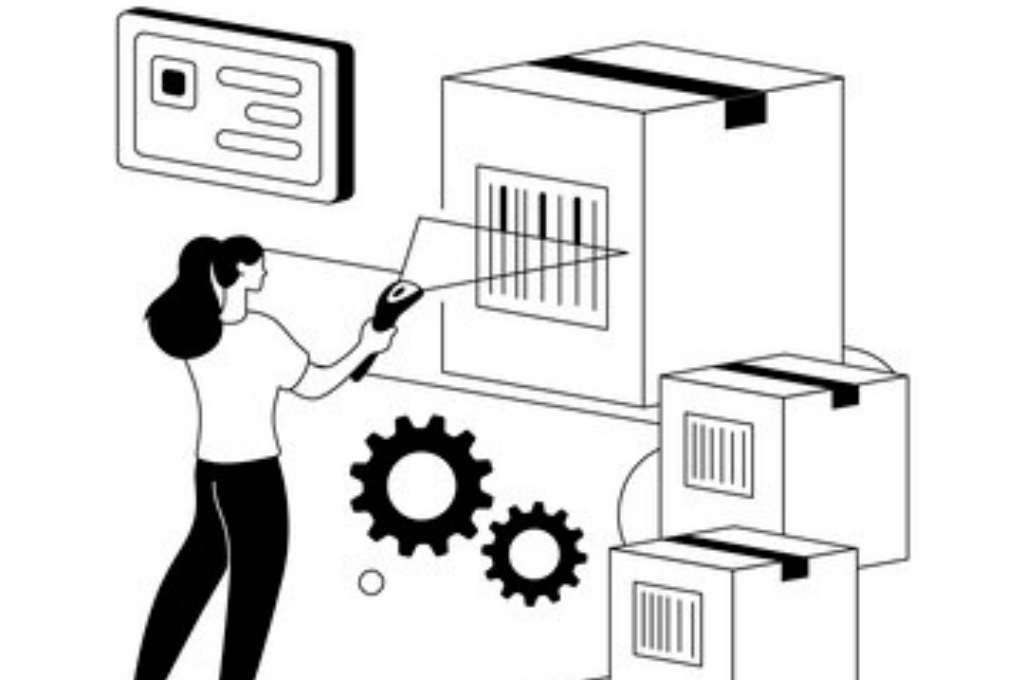Presently, there is a high demand for sophisticated, rich-featured, user-friendly still complex applications in the digital world. As technology is growing at a rapid pace, so as the user’s requirements when comes to software development.
Is there any app idea brewing in your mind right now? So, what are you heading towards?
The technology, framework, platform or what else?
Before taking a step further in the development of the product, you have to answer a pool of questions.
If you are planning to develop an application, then no matter what whether it’s a browser or mobile-based, your prior focus should be on if there’re a single-page design pattern or a multi-paged one.
Content at an appropriate place and the navigation flow are the two main factors that decides whether the user will stay at your website or not.
And how can you forget UI of course? It is also considered in the priority list when comes to make a successful web app.
A web app that loads fast and has fluent navigation along with the user-friendly interface is a treat to its users.
You all must have heard about Orkut, Google’s social networking app which was quite popular a few years ago. Some of you even have an account on that in those times. It has suffered a terrible breakdown and has just wiped out from the web. The main reason behind this is avoiding the latest UX trends, less mobile, less functionality and many more.
Facebook becomes the new face in the social media world defeating Orkut.
Let’s go ahead with the post with....
Read also: Top 10 JavaScript frameworks in 2020 for front -end development
A Glimpse Of Single Page Applications
Single-page applications are the ones that only work inside a browser and download all the required content at once when you browse the website. That means no reloading of the page during usage. The data only sent back and forth rather than the complete bandwidth during the initial page load. They are considered faster than traditional web applications as they execute on the browser rather than the server.
You must have worked on the Gmail platform where each mail opens on the same page. No page reloading occurs; a page is loaded only when you visited the website at first.
Examples of Single-Page Applications that we engage in our day to day life are Gmail, Maps, Facebook and many more.
Advantages For Single-Page Applications
- Single-Page Applications are fast to access as most components (HTML/CSS/Scripts) are loaded just once throughout the life span of the application.
- Also, SPA development permits you to develop rich-featured and 100% responsive mobile apps. All you need to do is to just reuse code and adjust a UI layout to match mobile screens.
- A web application with less loading time helps in the lead generation which is considered the most important key factor for every business.
- Debugging with single-page applications is much easier with Chrome. You can find all the codes located at one place. These applications allow monitoring network operations and investigating page elements and data associated with them.
- Single-page application development is simplified and streamlined. No need to rewrite code to render pages on the server.
- Single-page applications ensure caching capabilities. It can cache any local storage effectively. The application just needs to send only one request, storing all the data, it can use this data and works even offline.
- Users can feel the simple linear experience with single-page applications. Web apps like Saucony, provide an excellent interactive experience using parallax scrolling and amazing transitions.
Disadvantages For Single-Page Applications
- The SPAs take longer time to download as the frameworks used are heavier and the entire site content is just once loaded. Due to this, these web applications can even make a high-powered system to slow down.
- The SEO optimization process is not an easy task to perform when comes to Single Page Application. The content of SPAs is loaded by AJAX- a process of exchanging data and updating applications without refreshing the page.
- A Security breach occurs in Single-Page Applications due to cross-site scripting (XSS). Hackers can exploit the sensitive data of a web page and add their malicious code.
- Single Page Applications are less scalable. With SPAs, it’s quite difficult to add more pages and features on one page. It will lead to longer loading time. Some companies have to fully redesign their websites.
- There is only a single URL available to you with Single page applications.
- SPAs are more dependent on JavaScript and have to be opened in the user’s browser. It will lead to bugs and errors if not done the former thing. And ultimately leads to higher bounce rates and lower conversion rates.
- In Single-Page Applications, there are no forward and backward buttons available to the users. Whenever a back button is clicked, the browser will redirect them to the previous page that the browser loaded but not to the prior state in your application.
Read also: Top 8 web development trends to watch out in 2020
A look at Multiple Page Applications
Multiple Page Applications are more likely to work traditionally. Here, every time the application needs to display the data or send it back to the server, it has to request a new page from the server. And then render it in the web browser.
This methodology follows when there is a need to create a rich UI and the application seems quite complex loaded with bulk data.
Developing complex pages on a server and transferring them to the client takes a lot of time and effort. These applications are a bit large and bigger as they supposed to be. But all thanks to AJAX, we don’t have to take pain for the transfer of bulk data between server and browser.
Advantages For Multiple Page Applications
- SEO optimization practice is quite easier when comes to Multiple Page Applications. It gives many opportunities to rank for multiple keywords though an application can be optimized for one keyword per page.
- Easy and flexible navigation map provided to users to ensure smooth accessibility of each option present in the application.
- You can create as many pages about the product and services you want with Multi page applications. No limitations on the addition of the pages to multi-page applications.
- MPAs provide deep insights from Google analytics. It showcases how a website is performing, which of the features are actionable or not.
- Multiple Page applications provide a better scope of security and integrity of data.
Disadvantages For Multiple Page Applications
- Front end and back end development are tightly coupled in multiple page applications.
- Maintaining, updating, and security are the three important chores when developing multiple page applications. Developers need to secure and update each page separately.
- The development is quite complex in Multiple page applications. It incurs a lot of time to develop a single application. The developers are required to use frameworks for either client-side or server-side.
Key Takeaways
Considering the above points mentioned, I think you must have understood that it’s not an easy task to choose between single-page and multiple page design.
Both single-page and multi-page pattern has its perks and pitfalls. It’s all up to you to select between them depending upon your project requirements. Consider the purpose and goal of your application before making any decision.
For example, if going for an e-commerce website having lots of products and a detailed description of each one of them then you’ll better go with a multi-page website.
So, if you love to work with Single page designs but not able to fit everything on a single page- then you can consider a third option i.e. hybrid solution. With hybrid, you can get the best of both the patterns as it takes advantage of both the approaches and minimizes cons.
In the end, I would like to say, pick the one that can give you immense success in the web development world. If you still have any queries or questions rising in your mind, you can even consult a good web development company like us for better results.


























